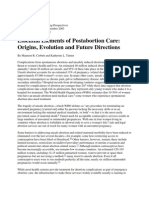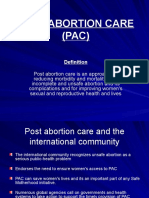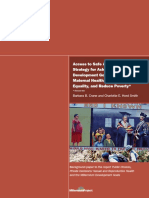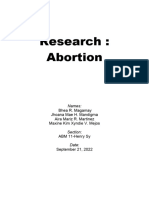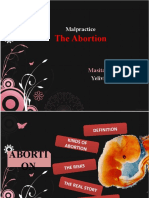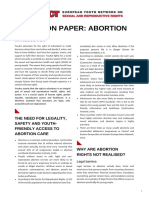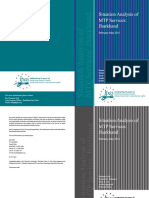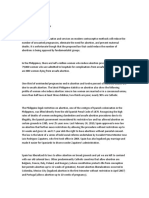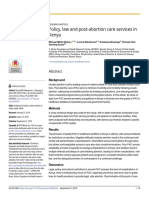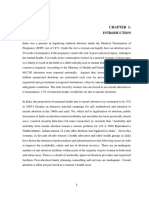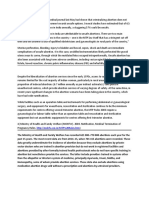0% found this document useful (0 votes)
31 views4 pagesCompendium Intro PAC
This document provides an overview of postabortion care (PAC). It discusses:
1) PAC consists of emergency treatment for abortion complications, family planning counseling and services, and linkages to other reproductive healthcare. It aims to prevent unsafe abortions and reduce maternal mortality and morbidity.
2) Abortion complications are a major reason women seek emergency care worldwide. An estimated 67,000 women die each year from untreated abortion complications.
3) The U.S. and international organizations like the WHO support improving access to PAC as a priority to address unsafe abortion and reproductive health issues.
Uploaded by
obynwa umehCopyright
© © All Rights Reserved
We take content rights seriously. If you suspect this is your content, claim it here.
Available Formats
Download as PDF, TXT or read online on Scribd
0% found this document useful (0 votes)
31 views4 pagesCompendium Intro PAC
This document provides an overview of postabortion care (PAC). It discusses:
1) PAC consists of emergency treatment for abortion complications, family planning counseling and services, and linkages to other reproductive healthcare. It aims to prevent unsafe abortions and reduce maternal mortality and morbidity.
2) Abortion complications are a major reason women seek emergency care worldwide. An estimated 67,000 women die each year from untreated abortion complications.
3) The U.S. and international organizations like the WHO support improving access to PAC as a priority to address unsafe abortion and reproductive health issues.
Uploaded by
obynwa umehCopyright
© © All Rights Reserved
We take content rights seriously. If you suspect this is your content, claim it here.
Available Formats
Download as PDF, TXT or read online on Scribd
/ 4
